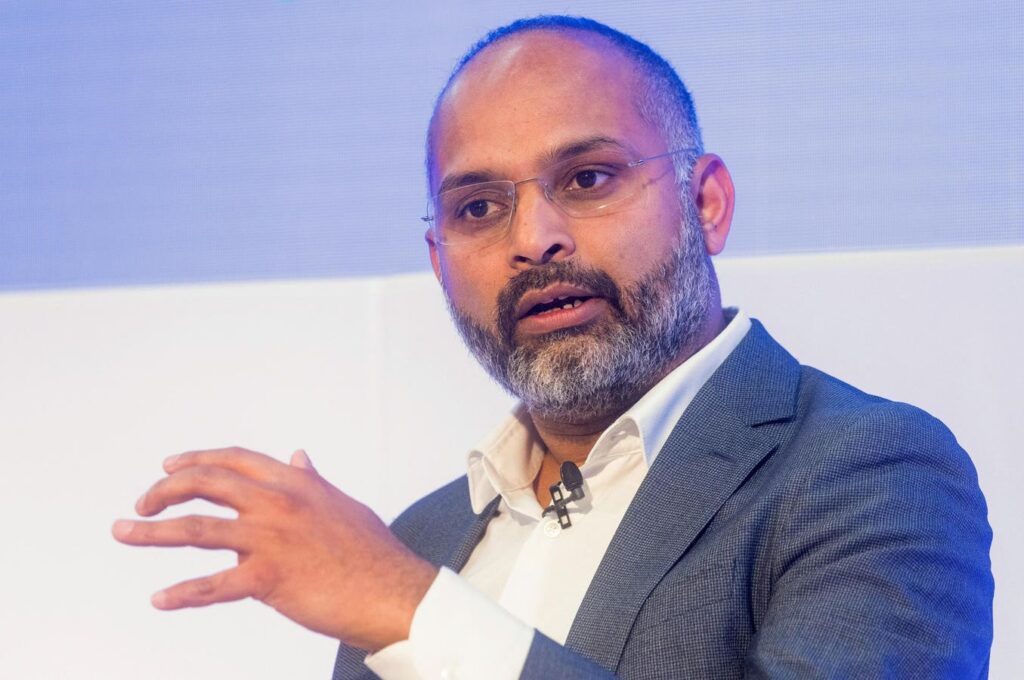As the fintech VC funding landscape continues to look uncertain amid wider economic turmoil, companies are turning to alternatives to secure the capital they need. Those include crowdfunding, which might be about to enjoy a resurgence, as well as lesser known sources of capital such as government funded equity investment.
VC Funding Levels Haven’t Recovered Yet
Despite some positive signs of recovery in the fintech funding market, with global investment in H2 2024 exceeding that in H1, VC funding still trails far behind its peak from 2021. In fact, it has yet to reach the same levels seen in 2018. And where funding has been deployed, it has tended to be at the polar opposite ends of company stage, into either very early startups, or late, well-established, profitable companies.
In many cases, the latter are raising funds from private investors rather than attempting an IPO, as might have been expected a few years ago, because of the volatile environment. UK-headquartered digital bank Zopa, for example, recently raised £80 million from existing and new investors, while having said in April that an IPO is “not a priority” and that it might be reconsidered “if and when the markets change”. This trend for fintechs to stay private for longer, gives VCs an opportunity to make lower risk bets when deploying their dry powder. In turn making it even harder for scaling stage companies to raise and, as a result, they are looking elsewhere.
Crowdfunding Is Getting A Boost
In 2021 the number and value of UK crowdfunding deals was soaring, however since then it has declined dramatically from 569 rounds at its peak, to 297 in 2024. Now, that picture might be about to change again, as fintechs rediscover the funding method.
One such fintech is Bloom Money, a UK-based community finance company. Founder and CEO, Nina Mohanty, observed that crowdfunding was becoming particularly popular with consumer-facing fintechs as a response to VCs turning away from the segment. Of the company’s own reasons for going down the crowdfunding route she said,
“We’re really excited about launching our crowdfund, which is currently in early access, because we get to showcase the power of our community, and the people that actually use our product and want to invest in a more inclusive financial future. By launching a crowdfund and building the future of Bloom with our community we are excited to demonstrate to VCs that there is indeed a need and huge pool for what we are building.”
Another fintech that used this option, is Zero, a UK-based environmentally sustainable alternative to banks, that raised around £400,000 of its latest £1.5 million round through crowdfunding. Meanwhile, Sibstar, a spend management app for vulnerable people, is looking to raise £250,000 through the mechanism. Both are consumer-facing fintechs, supporting Mohanty’s observation.
Governments Offer Another Alternative
Fintechs in some areas can also access government funding, usually distributed through a development bank, as is the case in Canada and Wales. These institutions vary in how they operate, but in the two examples given, they provide a range of finance solutions directly to companies. That includes equity investment, in which case, the bank sits on a company’s cap table like any other investor. The caveat is that the companies must typically have a significant physical presence in the country in question in order to access the finance.
Two fintech companies that have recently raised from the Development Bank of Wales include Driverly, a platform offering adaptable apps to insurers, and Finalrentals, a car hire platform. Armin Kia, CEO of Driverly, said of the company’s reasons for applying for funding from the bank,
“We’ve always been keen to keep a fine balance between keeping a focus on our core business, while also being prepared to react to the demands of the market. That’s an important task for any leadership team. The Development Bank of Wales and our new investors can see the wider market and help us with that.”
Meanwhile in Canada, the BDC has participated twice in funding rounds for financial services app Koho, most recently in 2024. Additionally, in February 2025, the BDC announced a $500 million commitment to its Growth Venture Fund which includes insurtech and fintech in its focus areas, highlighting its commitment to the sector.
Entrepreneurs Are Creative
The funding sources listed here are just two of the options available to fintechs that aren’t private VC capital. The VC market, which fuelled the growth of the fintech industry for so long, will be some time yet in fully recovering. In the meantime, entrepreneurs and founders are known to be a creative lot, and as such, we will see an increase in uptake from more alternative sources of financing as they seek the capital they need to scale their companies.
Read the full article here

